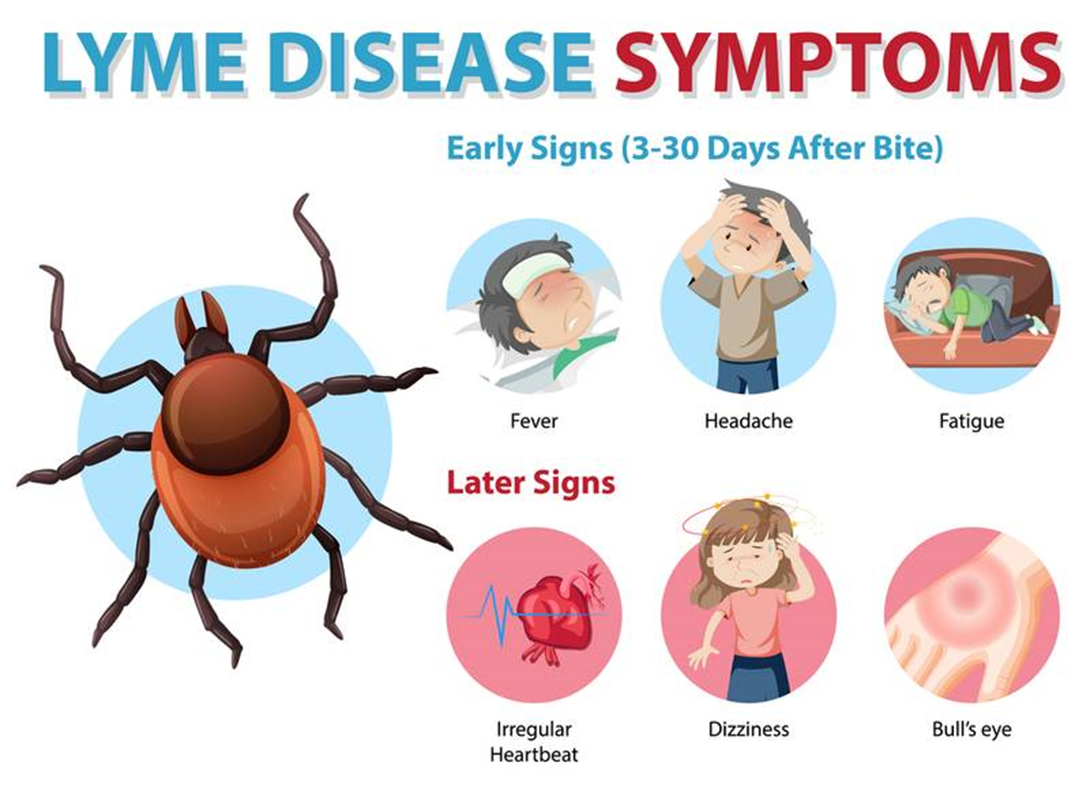A community health nurse is working with a group of homeless veterans who have posttraumatic stress disorder (PTSD). Which of the following interventions should the nurse implement?
Provide coffee and snacks during the meetings.
Avoid discussing the traumatic events experienced by the veterans.
Change the meeting sites frequently.
Teach the clients to practice deep breathing exercises.
The Correct Answer is D
Choice A reason: Providing coffee and snacks during the meetings is not an effective intervention, as it does not address the psychological needs of the veterans. Coffee may also worsen the symptoms of PTSD, such as anxiety, insomnia, and irritability, as it is a stimulant.
Choice B reason: Avoiding discussing the traumatic events experienced by the veterans is not a helpful intervention, as it may reinforce the avoidance behavior and prevent the veterans from processing and coping with their trauma. The nurse should encourage the veterans to share their experiences and feelings in a safe and supportive environment, and refer them to appropriate counseling services.
Choice C reason: Changing the meeting sites frequently is not a beneficial intervention, as it may create confusion and stress for the veterans. The nurse should establish a consistent and familiar location for the meetings, and ensure that the veterans feel comfortable and secure.
Choice D reason: Teaching the clients to practice deep breathing exercises is a useful intervention, as it can help the veterans manage their stress and anxiety, and reduce the physiological arousal associated with PTSD. Deep breathing exercises can also promote relaxation and mindfulness, and enhance the veterans' well-being.
Nursing Test Bank
Naxlex Comprehensive Predictor Exams
Related Questions
Correct Answer is ["B","C","E"]
Explanation
Choice A reason: Using seasonings to enhance the flavor of foods is not an intervention that the nurse should initiate. This may worsen the nausea and vomiting, as some seasonings may be too spicy, salty, or acidic for the client. The nurse should advise the client to avoid foods that are greasy, fried, or have strong odors, and to choose bland, soft, or liquid foods that are easy to digest.
Choice B reason: Providing sips of room temperature ginger ale between meals is an intervention that the nurse should initiate. This can help to settle the stomach and reduce the nausea and vomiting. Ginger has antiemetic properties that can inhibit the serotonin receptors in the gastrointestinal tract. The nurse should also encourage the client to drink plenty of fluids to prevent dehydration.
Choice C reason: Maintaining the head of the client's bed in an elevated position after eating is an intervention that the nurse should initiate. This can help to prevent the reflux of gastric contents and reduce the nausea and vomiting. The nurse should also instruct the client to eat small, frequent meals, and to avoid lying down for at least an hour after eating.
Choice D reason: Offering 120 ml (4 oz.) of cold 2% milk as a meal replacement is not an intervention that the nurse should initiate. This may worsen the nausea and vomiting, as milk and dairy products may be difficult to digest and may increase the production of mucus. The nurse should suggest other sources of protein and calcium, such as soy milk, yogurt, or cheese.
Choice E reason: Assisting the client in using guided imagery is an intervention that the nurse should initiate. This can help to reduce the nausea and vomiting, as well as the anxiety and stress associated with chemotherapy. Guided imagery is a relaxation technique that involves creating positive mental images that can distract the client from the unpleasant sensations and feelings. The nurse should help the client to choose an image that is soothing and comforting, and to focus on the sensory details of the image.
Correct Answer is B
Explanation
Choice A reason: The Office of the Surgeon General is not responsible for voluntarily reporting cases of Lyme disease to the CDC. The Office of the Surgeon General provides leadership and direction to the U.S. Public Health Service and oversees the operations of the U.S. Public Health Service Commissioned Corps.
Choice B reason: The state health department is responsible for voluntarily reporting cases of Lyme disease to the CDC. The state health department collects and analyzes data on reportable diseases, such as Lyme disease, and submits them to the CDC through the National Notifiable Diseases Surveillance System (NNDSS).

Choice C reason: The hospital infection control department is not responsible for voluntarily reporting cases of Lyme disease to the CDC. The hospital infection control department monitors and prevents nosocomial infections, or infections acquired in the hospital setting, and implements infection control policies and procedures.
Choice D reason: The local Red Cross chapter is not responsible for voluntarily reporting cases of Lyme disease to the CDC. The local Red Cross chapter provides humanitarian services, such as disaster relief, blood donation, health and safety education, and emergency communication.
Whether you are a student looking to ace your exams or a practicing nurse seeking to enhance your expertise , our nursing education contents will empower you with the confidence and competence to make a difference in the lives of patients and become a respected leader in the healthcare field.
Visit Naxlex, invest in your future and unlock endless possibilities with our unparalleled nursing education contents today
Report Wrong Answer on the Current Question
Do you disagree with the answer? If yes, what is your expected answer? Explain.
Kindly be descriptive with the issue you are facing.
